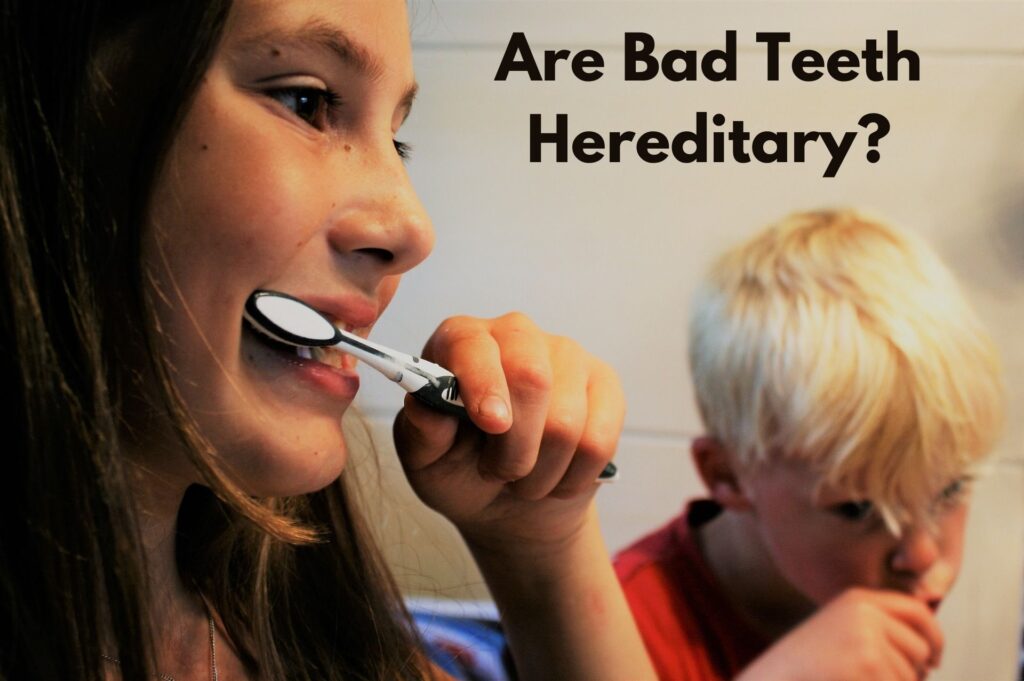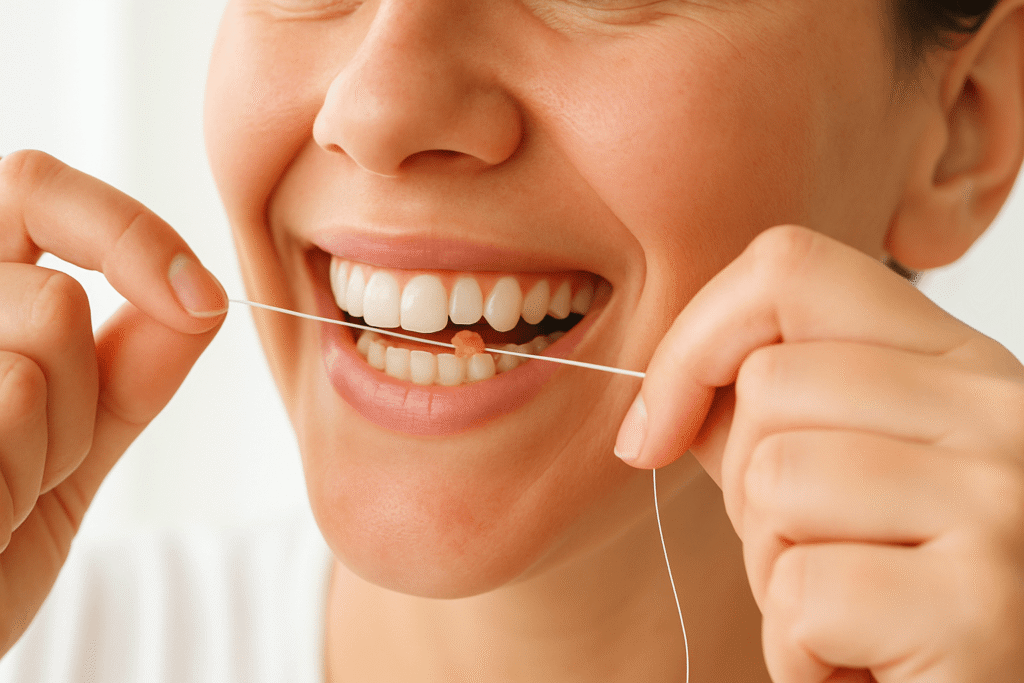Mewing is a proper tongue posture technique that helps improve facial structure and overall oral health. It is based on the philosophy of Dr. Mew, which is rooted in orthotropics—a branch of orthodontics that focuses on correcting alignment and natural facial development. By following these key principles, you can positively impact your jaw, facial bones, and overall posture, especially when started at a younger age.
The Core Principles of Mewing
- Maintain Proper Tongue Posture – The tongue should rest flat against the roof of the mouth, applying gentle pressure to shape the palate and support harmonious facial development over time.
- Keep Lips Closed & Teeth Lightly Touching – This correct oral posture encourages optimal breathing, helping to promote better health and positively impact sleep quality.
- Consistency is Key – Like any exercise, mewing requires dedication and consistent practice to achieve noticeable results. Small adjustments over time can enhance aesthetics and widen dental alignment naturally.
- Encourage Natural Growth & Development – The idea behind mewing is to support jaw and facial alignment using natural methods, rather than relying on traditional braces.
- Improve Overall Posture – Mewing is not just about the mouth; it also promotes better posture by encouraging a straight head position, reducing strain on the spine and facial muscles.
By following these principles, individuals can enhance their facial structure, develop better oral habits, and improve their overall well-being over time.
Why Mewing is Beneficial
Many people practice mewing because of its commonly cited benefits, such as an improved jawline definition and better facial aesthetics. Over time, maintaining the correct tongue posture can help stimulate facial development, leading to a more angular jaw and enhanced symmetry. Dr. Mew advocates this natural method, particularly for children, to help avoid the need for braces later in life.
Key Benefits of Mewing
- Defines the Jawline – Practicing mewing consistently can help stimulate development, making the jaw appear more angular and well-defined.
- Enhances Facial Symmetry – By maintaining proper oral posture, mewing can encourage bone alignment, helping to achieve a more symmetrical face with balanced features.
- Promotes Better Breathing – Since mewing promotes nasal breathing, it helps increase oxygen intake, which can have a significant impact on overall health and reduce the risk of snoring and sleep apnea.
- Improves Swallowing and Speech – A correct tongue posture can lead to better swallowing habits and improved articulation, making speech clearer.
- Supports Healthier Oral Development – Dr. Mew’s philosophy suggests that children particularly benefit from mewing as it helps guide natural development and can prevent future dental issues.
By following this technique, individuals can experience better facial aesthetics, healthier oral habits, and an overall improvement in quality of life.
How to Perfect Mewing for Best Results
Mastering mewing techniques is essential for anyone wanting to improve facial structure, dental alignment, and overall oral health. To achieve the best results, it is important to delve into the core principles that revolve around proper tongue placement, correct posture, and breathing practices.
Correct Tongue Placement for Maximum Impact
The cornerstone of mewing is maintaining the correct tongue posture. To begin, the entire tongue should rest flat against the roof of the mouth, with the tip positioned just behind the front teeth without touching them. The pressure should be light and consistent, avoiding excessive force that may cause discomfort or strain. Additionally, keeping the head, neck, and body in proper alignment plays a crucial role. A neutral spine, level head position, and relaxed shoulders all contribute to facilitating better posture while practicing mewing.
The Right Way to Breathe While Mewing
Proper breathing is integral to successful mewing, as it helps reinforce correct tongue and mouth posture. The key is to always breathe through the nose, which reduces the risk of developing oral health issues associated with mouth breathing. Practicing deep, diaphragmatic breathing, where the abdomen expands instead of the chest, can help maintain a relaxed position and improve overall health.
Strengthening the Muscles for Effective Mewing
Adding specific exercises to your routine can make it easier to reinforce the principles of mewing. Some effective methods include:
- Swallowing Practice – Training the muscles by keeping the tongue in the correct position while swallowing.
- Chewing Tougher Foods – Eating harder foods like carrots and nuts can help strengthen the muscles involved in mewing.
- Tongue Pressing Exercise – Holding the tongue against the roof of the mouth for several seconds to build tongue strength and endurance.
By incorporating these techniques consistently, individuals can develop better oral posture, enhance facial development, and achieve long-term improvements in their appearance and health.
Avoid These Common Mewing Mistakes
While mewing can be highly effective when done correctly, many people make mistakes that undermine its effects. Understanding these errors can help ensure better results and prevent unnecessary discomfort.
Incorrect Tongue Positioning
A common mistake is pressing only the front part of the tongue against the roof of the mouth rather than engaging the entire tongue, including the posterior section. For mewing to work, the whole tongue must make contact to properly support facial development and jaw alignment.
Unnecessary Jaw Tension
Many beginners clench their jaw while practicing mewing, which can lead to tension and discomfort. Instead, it’s essential to relax the jaw while keeping the teeth lightly touching to maintain the correct posture without added strain.
Breathing Through the Mouth
Since mewing relies heavily on nasal breathing, frequently breathing through the mouth can weaken its benefits. To maximize results, always breathe through the nose to support proper tongue posture and prevent issues that could negatively impact oral health.
By avoiding these mistakes, individuals can practice mewing effectively, ensuring they experience its full benefits over time.
How to Stay Consistent with Mewing
To see results with mewing, consistency is key. Making it a daily routine and following simple habits can help you maintain proper tongue posture throughout the day.
- Set Reminders – Use alarms or notes to check your tongue posture regularly.
- Practice Mindfulness – Be mindful of your position, especially when sitting for long periods or using electronic devices.
- Track Your Progress – Take regular photos or make notes to see gradual changes over time, which can be motivating.
- Stay Committed – Following the right techniques and maintaining them consistently can lead to potential improvements in facial structure, dental alignment, and oral health.
Does Mewing Really Work?
The effectiveness of mewing is a topic of debate among medical professionals. While anecdotal reports and online transformations suggest that it works, the scientific evidence remains limited. However, maintaining proper oral posture and nasal breathing are well-documented practices that have positive health effects, regardless of aesthetic changes.
Final Thoughts on Mewing
Incorporating mewing into your daily routine can offer a range of benefits, from improved facial aesthetics to better breathing and oral health. The key is consistency—while results take time, this natural, non-invasive method can help enhance facial structure. If you’re just starting, exploring jawline exercises or nasal breathing techniques can further support your progress.






